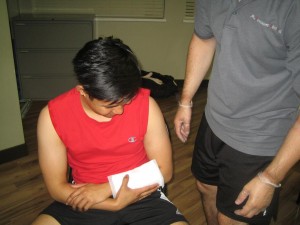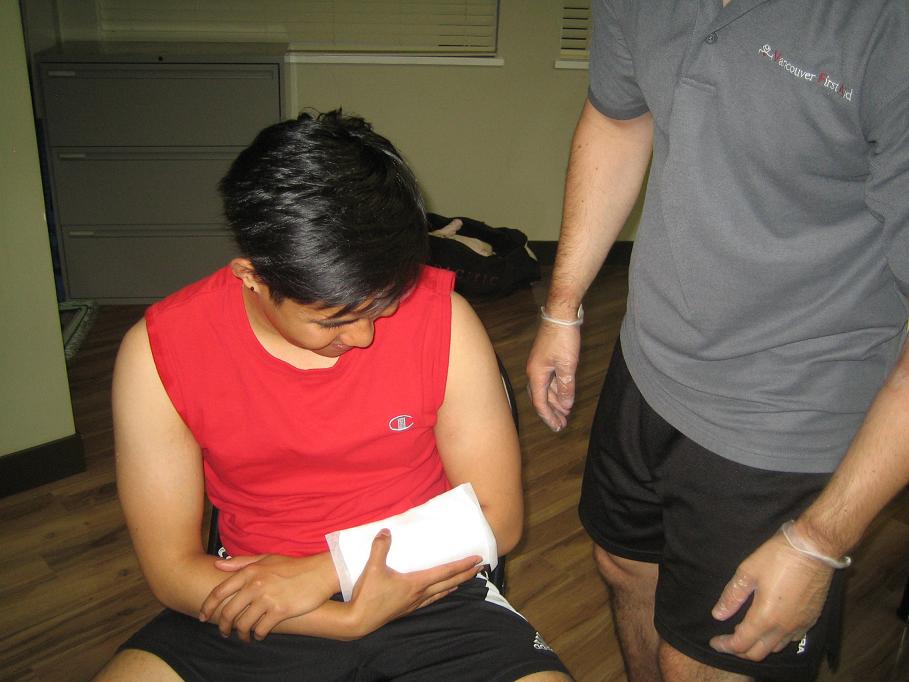Surgical wounds are executed by any cutting instrument such as a scalpel. Surgical wounds are usually made in a sterile environment in which variables are controlled such as the size, bacteria, location and nature of the wound.
These wounds are created for various reasons by healthcare professionals. In some cases of injury or disease, surgery is needed to manage or further assess the condition. In any surgical method, a surgical incision or wound is created to open up the layers of tissue needed to access the source of injury or disease.
What are the types of surgical wounds?

There are 4 classes of surgical wounds that are determined based on the level of contamination. Remember that these categories enable healthcare providers to determine the possibility of infection and outcome of wound healing, thus allowing the ideal treatment for every form of surgical wound.
- Class I (clean surgical wounds) – there are no indications of swelling and does not include the digestive, respiratory or genitourinary tracts.
- Class II (clean-contaminated wounds) – are considered clean but has an increased likelihood for infection which involves the respiratory, digestive or genitourinary tracts as long as surgery is basic. Any wound that was opened to get rid of wires or pins or chest procedures are examples.
- Class III (contaminated) – are produced once an external object comes in contact with the wound such as knife, bullet or pointed objects.
- Class IV (dirty-infected) – include those involving a foreign body embedded into the wound. It also includes traumatic wounds from a dirty source where treatment was delayed or infected surgical wounds.
What are the indications?
Surgical wounds should be closely monitored for infection. The indications that a wound is infected include the following:
- Redness around the wound site
- Drainage that is discolored, cloudy or foul smelling
- Skin around the wound is warm to the touch
- Fever
- Swelling
- Increased pain or discomfort in the area
- Wound is deep or large in size
Management
There are various closure measures for surgical wounds such as staples, sutures, adhesive or even left open to promote the healing process. Depending on the location, type and complexity, drains might be sewn into the wound and left in place for several days.
Aside from closure of the wound, a dressing is placed. The dressings are available in different forms and can range from sterile gauze with tape or a vacuum-assisted device.
Antibiotics are also given to prevent infection before and after surgery. Aside from treating the surgical wound, emphasis should be given on supporting overall health to improve the healing process which includes good nutrition and hydration, monitoring of the internal chemistry and getting enough rest.
Quick Note / Disclaimer
The material posted on this page on surgical wounds is for learning and educational purposes only. To learn to manage surgical wounds and perform proper wound care, register for a first aid and CPR course with Kelowna First Aid.

